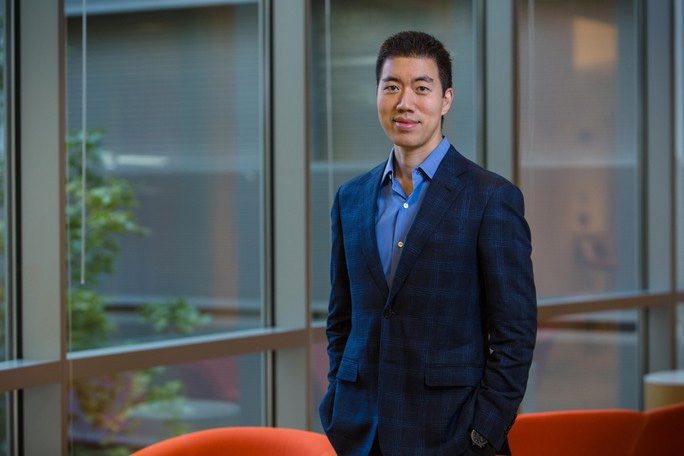A research team from the United States and China has recently developed a new gene-editing tool that is believed to be extremely precise, safe, and capable of treating or even curing some severe genetic diseases.
Called a “base editor,” this tool targets the repair of individual nucleobases (often referred to simply as bases) in base pairs—the very components that form the double helix structure of DNA—thereby correcting genetic errors without needing to cut the DNA double helix like the famous CRISPR-Cas9 tool.
In a statement to the journal The Conversation, David R. Liu, Director of the Merkin Institute for Transformative Medical Sciences at the Broad Institute in the U.S. and head of the research team, indicated that their tool can edit 4 of the most common types of errors occurring in DNA, accounting for approximately 30% of all known disease-causing DNA errors.
This research has been officially published in the National Science Review, an international scientific journal of the Chinese Academy of Sciences.

David R. Liu. (Photo: BROAD INSTITUTE)
Yang Hui, an expert from the Chinese Academy of Sciences and a member of the research team, remarked that the new tool not only plays a crucial role in the field of gene therapy but also helps them establish a dedicated system ready for clinical and commercial applications, thereby breaking the dominance of CRISPR-Cas9.
This is the renowned gene-editing tool that helped earn the 2020 Nobel Prize in Chemistry for scientists Emmanuelle Charpentier (France) and Jennifer Doudna (USA). However, according to the South China Morning Post on May 31, CRISPR-Cas9 still has some shortcomings. It can be understood as a molecular knife that cuts out faulty DNA segments and relies on natural recovery to rearrange.
This raises concerns as it may lead to off-target effects. Meanwhile, according to Yang, more than half of gene mutations in humans are caused by mutations from a specific base, making base editing capable of accurately correcting these mutations.
Clinical trials using the base editor are currently underway to treat several genetic diseases, including sickle cell disease, thalassemia, and certain cardiovascular diseases.
Last year, a patient in the UK with T-cell leukemia was treated using cell base editing therapy, marking the first application of this technology globally.
“As gene-editing tools continue to evolve, scientists and biotechnology companies will be able to conduct clinical trials and find treatments for many more rare diseases,” Yang added.
Recently, another research team led by Liu announced that they successfully applied base editing technology to treat spinal muscular atrophy in mice. This work was published by Liu and 16 co-authors in the international journal Science in March of this year, bringing hope for similar treatments in humans.
|
New Bioethics Regulations China has recently issued new bioethics regulations for research involving humans, further expanding the scope of oversight for such studies. Compared to the guidelines from 2016, the new regulations include many additional details about human-related research and administrative penalties for violations. Specifically, the 2016 policy applied only to biomedical research in healthcare institutions, while the new policy will encompass human-related research at universities and research institutes. Additionally, studies involving human cells, tissues, organs, fertilized eggs, embryos, and fetuses will also be reviewed and evaluated ethically. According to the South China Morning Post, China has strengthened its laws and regulations regarding ethics since the gene-editing scandal involving researcher He Jiankui in 2018. He was sentenced to three years in prison for “illegal medical practice.” After his release, He indicated on social media in February that he wishes to continue researching rare genetic diseases. The first condition he aims to treat is Duchenne muscular dystrophy, which typically occurs in boys. However, a group of Chinese scientists and legal experts has called on authorities to prohibit him from conducting human trials or gene editing. |





















































